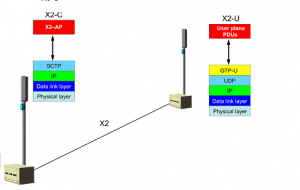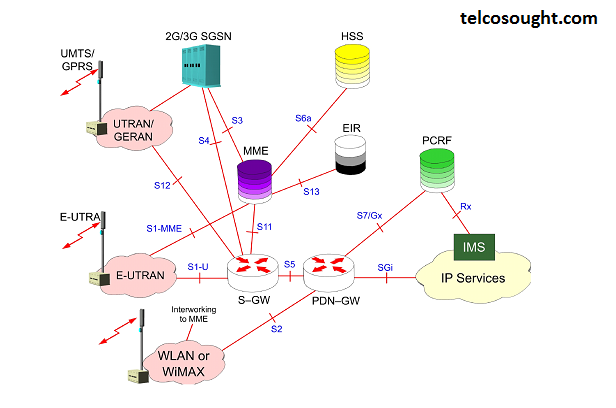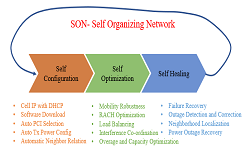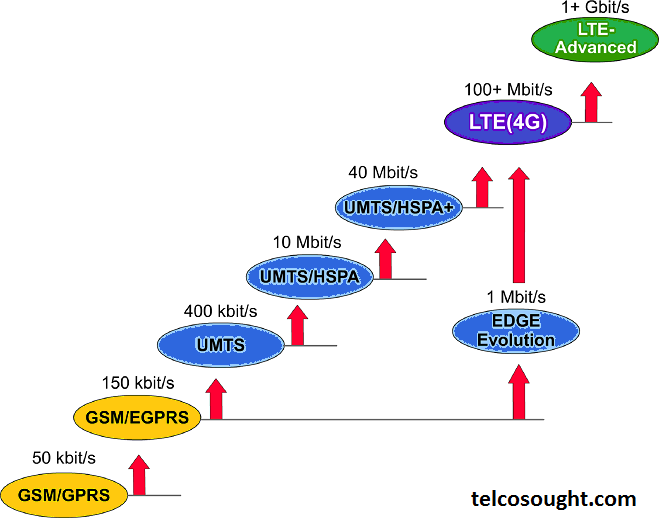Lte Access Networks and the eNB and X2 Interface
The basic building blocks of the E-UTRA access network are the Evolved Node B plus backhaul. All the layers of air interface protocol plague. Including all the elements that previously resided in the RNC and RRC. The Radio Link Control (RLC ) and Medium Access Control ( MAC ) also has been moved out to the base station. As per eNB the newscasters are the main accordingly link that provided core network. It has also assumed responsibility for managing the Packet Data Convergence Protocol (PDCP) service and It provides the header abbreviation and ciphering facilities over the air interface.
HSDPA began the process of moving Radio Resource Management (RRM ) functions, such as packet scheduling, from the RNC to Node B. In LTE, all the remaining RRC functions are de-escalated to the eNB, meaning that there is no longer a role for a device such as the RNC.
The RRM functions now devolved to the eNB are radio bearer control and radio admission control and also connection mobility control the dynamic allocation with scheduling of resources to User Equipment (UEs ) in both uplink and downlink directions.
Following on from contraptions in R4 and R5 networks, LTE also supports the concept of flexible businesses between access and core network elements. Meaning that each eNB has a choice the Mobility Management Entity (MME) nodes to pass control of each UE. The dynamic selection of an MME for each UE as it attaches is consequently also an eNB responsibility. An eNB may be associated with MMEs belonging to different Public Land Mobile Networks (PLMNs ). That allows for the easy creation of multiple operator networks.
The eNB also receives arrange and broadcast control channel information in its cells, including paging messages and broadcast system information. Both of which are received from the MMEs. It retains many of the traditional roles associated with base stations bearer management. It is responsible for routing U-plane traffic between each of UE and its Serving Gateway. The complexity of the eNB and of the decisions it is required to make is accordingly much greater than for an R99 Node B.
The advancing of the range of services offered by the LTE EPS over time has led to the development of several specialized sub-types of eNB. Femtocell services, for example, are provided via HeNBs (Home eNBs), whilst LTE Relay facilities are offered by Relay Nodes and controlled by DeNBs (Donor eNBs).
LTE X2 Interface.

Lte x2 interface With the removal of RNC from to access network architecture and inter-eNB cough up its negotiated and managed directly with eNBs using the X2-C interface. The LTE implementations need to support macro-diversity And X2-U interface will carry cough up the traffic Protocol Data Units (PDUs) between eNBs.
The X2-C signaling is carried by the X2 Application Protocol -X2AP. Which are travels over an SCTP association established between neighboring eNBs.
X2AP performs responsibilities similar to those performed by Radio Network Subsystem Application Protocol (RNSAP). Which is operates between nearest RNCs over the Our interface in UMTS R99 networks.
X2-U (user plane) traffic is transferred by the existing GTP-U (GPRS Tunnelling Protocol – User plane), as employed in UMTS R99 networks. The provision provided by the X2-U interface is only expected to be required if the macro-diversity delivery is supported. Both sub-types X2 interface travel over IP: SCTP/IP for the X2-C and UDP/IP for the X2-U.




